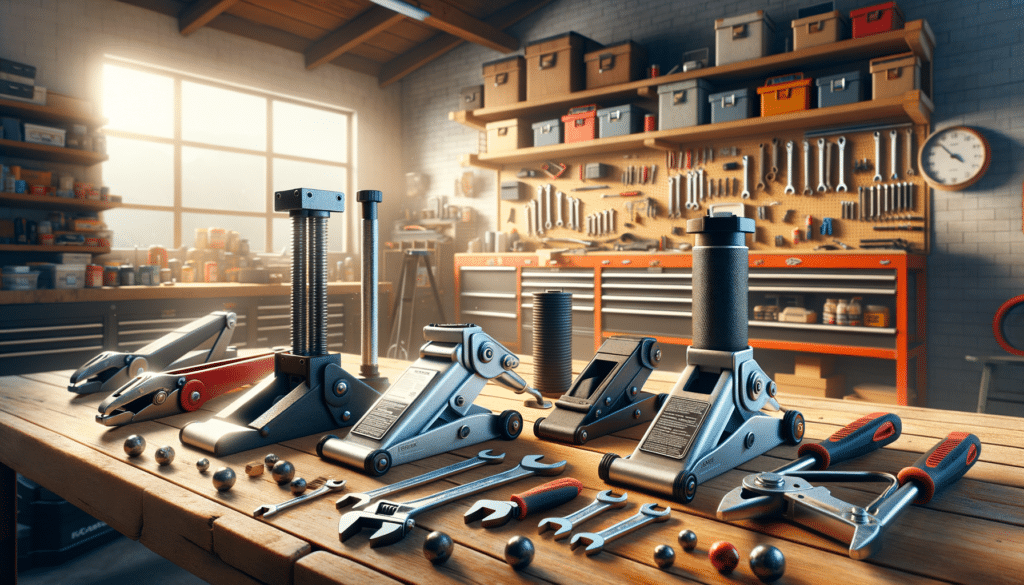Introduction to DIY Bookshelves
In the world of home improvement, DIY projects have become a popular way to customize living spaces while saving costs. Among these projects, building your own bookshelves stands out as a practical and rewarding endeavor. Not only do DIY bookshelves provide storage solutions, but they also offer a unique opportunity to express personal style and creativity. Whether you’re an experienced woodworker or a novice DIY enthusiast, crafting your own bookshelves can be both a fulfilling and functional addition to your home.
Choosing the Right Materials
When embarking on your DIY bookshelf project, selecting the right materials is crucial. The choice of materials can significantly impact the durability, appearance, and cost of your bookshelf. Here are some options to consider:
- Wood: A classic choice known for its strength and aesthetic appeal. Types like pine, oak, and maple are popular for their durability and ease of use.
- Plywood: Offers a cost-effective alternative to solid wood, available in various grades and finishes.
- Metal: Provides a modern look and is ideal for industrial-style interiors. Metal shelves are sturdy and can support heavy loads.
- Recycled Materials: Using reclaimed wood or other recycled materials can add a rustic charm while being environmentally friendly.
Consider the style of your home and the functionality you require when selecting materials. Each option has its own set of benefits, and the right choice will depend on your specific needs and preferences.
Designing Your Bookshelf
Design is a critical aspect of building a DIY bookshelf. It determines not only the aesthetic appeal but also the functionality of the piece. Here are some design considerations:
- Space Measurement: Measure the area where you plan to place the bookshelf to ensure a perfect fit.
- Style and Theme: Decide whether you want a modern, rustic, or classic look to match your existing decor.
- Functionality: Consider the types of items you plan to store. Will it hold books, decorative items, or a combination of both?
- Adjustable Shelves: Incorporating adjustable shelves can offer flexibility for different item sizes.
Sketching your design or using design software can help visualize the final product and make necessary adjustments before construction begins.
Step-by-Step Construction Guide
Building a DIY bookshelf involves several steps, each requiring attention to detail to ensure a sturdy and attractive result. Here’s a simplified guide:
- Cutting the Pieces: Use your measurements to cut the wood or metal pieces accurately.
- Assembling the Frame: Begin by constructing the frame, ensuring all joints are secure.
- Attaching the Shelves: Attach the shelves to the frame, using brackets or supports for added stability.
- Finishing Touches: Sand the surfaces for smoothness and apply paint or varnish for protection and style.
Patience and precision are key during construction. Take your time to ensure each piece fits perfectly and is securely attached.
Personalizing Your Bookshelf
The final step in your DIY bookshelf project is personalization. This is where you can let your creativity shine. Consider these ideas:
- Color and Finish: Choose a paint color or wood stain that complements your room’s color scheme.
- Decorative Elements: Add molding, decorative brackets, or unique hardware to enhance the design.
- Lighting: Incorporate LED strip lights for a modern touch and to highlight your displayed items.
Personalizing your bookshelf not only makes it unique but also ensures it fits seamlessly into your home’s decor.
Conclusion
DIY bookshelves offer a perfect blend of functionality and creativity, allowing homeowners to tailor their storage solutions to their personal style and needs. By carefully selecting materials, designing thoughtfully, and executing the construction with precision, you can create a bookshelf that not only meets your storage needs but also enhances the aesthetic appeal of your home. Dive into this rewarding DIY project and transform your living space with a custom-built bookshelf.





